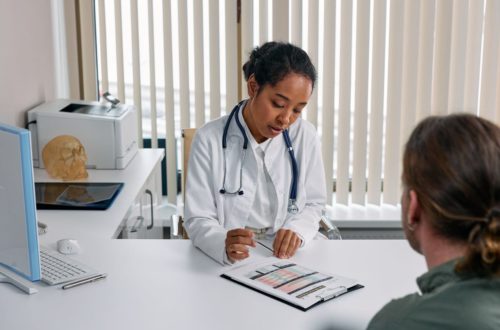How Automated Live Cell Imaging Enhances Workflow Efficiency

Labs today move faster than ever. New tools shape how researchers work and think. Old workflows once slowed teams down. Many steps needed constant attention and direct handling. The pace felt heavy. Mistakes slipped through during long hours at the bench.
Now the energy feels different. Automation steps in to ease the load. Systems work in the background while researchers focus on the real questions. It creates a smoother rhythm in the lab and a cleaner path toward results.
The Role of Automated Live Cell Imaging in Daily Research
Automated live cell imaging sits at the core of many studies. Cell behavior guides the direction of most experiments. So researchers watch cells closely and capture details through steady observation. This often meant long hours at microscopes. It also meant manual notes and repeated checks.
A live cell imager shifts that setup. It turns constant observation into an automated process. The system captures images on its own. It records movement, shape, health, and growth without interruptions. The researcher does not need to hover over the microscope. The tool keeps a steady watch and delivers clean data.
Automation Reduces Strain on Staff
Manual imaging drains time and focus. It requires patience and steady hands. It also forces staff to move back and forth across tasks. Over time, these steps become tiring. Fatigue increases the risk of small errors.
Automated live cell imaging removes that pressure. The system handles each step with the same precision every time. It captures frames at the right moment. It stores them in a clean digital record. It removes variability that can appear during long observation sessions.
This frees staff from repetitive work. It gives them more time for planning and reviewing data. It also keeps their mental energy focused on bigger goals.
A Clear Boost in Workflow Efficiency
Automated live cell imaging brings a huge shift in workflow flow. The system works while the team handles other tasks. It does not wait for breaks. It does not rush through steps. It simply follows its schedule.
This means experiments continue even when staff step away. Cells change in real time and the system keeps up. There is no gap in monitoring. There is no missed moment.
This smoother workflow reduces delays. It also reduces the need to restart or repeat steps. The entire lab benefits from consistent output and steady progress.
Better Data With Less Effort
Data quality shapes the strength of every conclusion. But manual imaging often creates variability. Lighting changes. Angles shift. Notes become unclear or incomplete. These small issues add up and affect the final results.
Automated systems remove that risk. They capture images with the same settings. They keep schedules tight. They store data in a clean digital format. Each image connects to metadata that shows time, conditions, and context.
Researchers get a clearer picture of what actually happened. They can trace patterns across hours or days. They can review findings with more confidence.
Improved Consistency Across Experiments
Consistency stands at the center of strong science. Labs need repeatable steps and predictable processes. Automated live cell imaging helps build that structure.
The system follows the same routine each time. It does not shift focus. It does not adjust settings without instruction. It does not lose track of timing.
This consistency supports long-term studies. It also helps labs compare results across different projects. It strengthens reliability and gives teams a solid baseline for new ideas.
Less Disruption to Cell Cultures
Cells respond to their environment. Even small changes can stress them. Light exposure, temperature shifts, or frequent handling can alter behavior. Manual imaging creates many of these disruptions.
Automated systems reduce that issue. A live cell imager sits inside a controlled space. It captures data without opening lids or moving plates. Cells continue to grow without disturbance.
This leads to more natural and stable results. It also keeps cultures healthier for longer periods.
Supporting Team Collaboration
Modern research rarely involves a single person. Teams share tasks, compare results, and review data together. Digital imaging tools support this structure.
Automated systems store data in organized files. They make sharing simple. Teams can review images from different locations. They can build joint conclusions based on the same set of visuals.
This helps everyone stay aligned. It also supports a smoother handoff between shifts or projects.
A Path Toward Smarter Labs
Automated live cell imaging fits into a wider movement. Labs are becoming smarter and more connected. Tools now learn from repeated runs. They highlight patterns and support decision-making.
A live cell imager plays a key role in this shift. It delivers clear visual data. It removes manual noise. It supports automated tracking. It opens the door for deeper analysis through software.
This creates a foundation for smarter workflows and stronger results.
Looking Ahead
The future of lab work depends on tools that reduce strain and increase accuracy. Automated live cell imaging is one of those tools. It helps labs move past old bottlenecks. It improves the pace and quality of each step.
It also gives researchers more time to think, plan, and explore ideas. The lab becomes a more creative space.
Automation does not replace people. It empowers them. It gives them tools that support their strengths and reduce their burdens. A live cell imager stands as a perfect example of this change. It shows how simple automation can reshape the efficiency of an entire workflow.
Would you like to receive similar articles by email?





